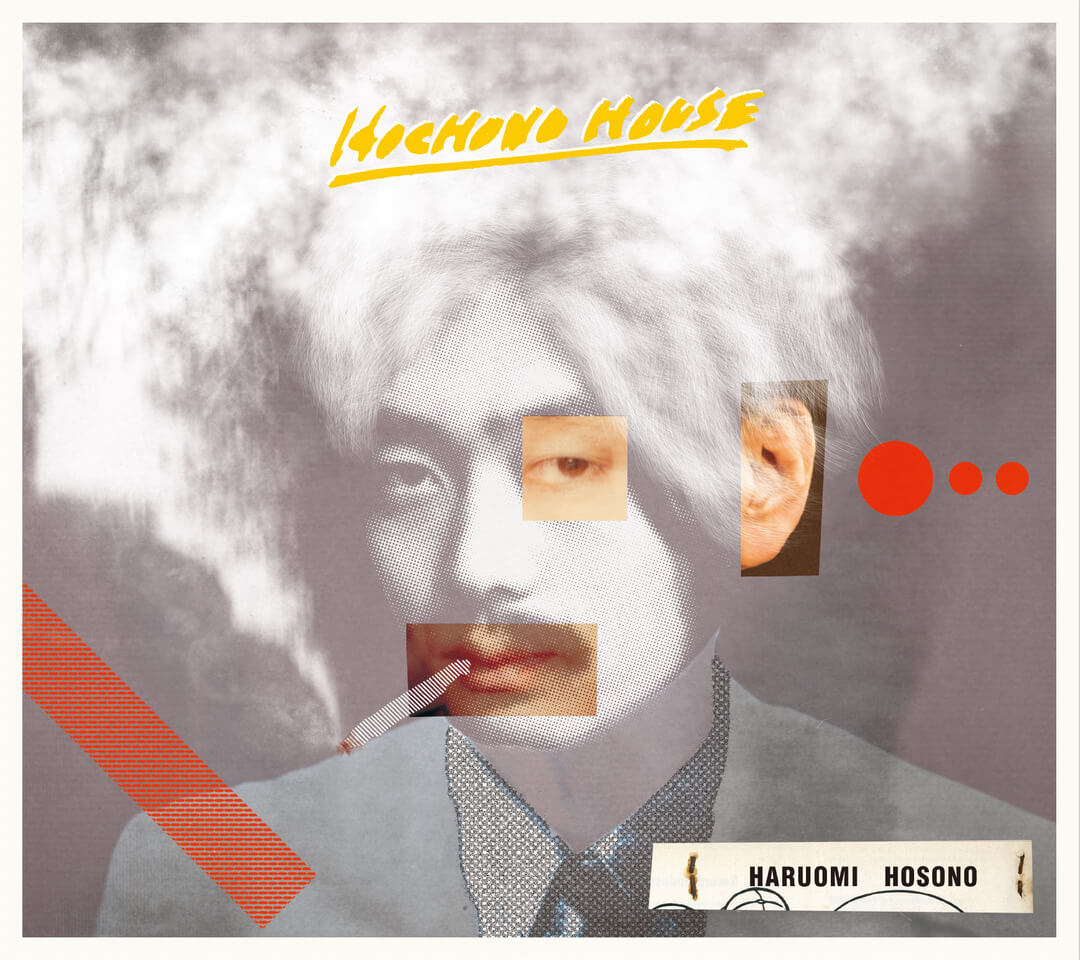Haruomi Hosono, the Genius of Japanese Pop

Courtesy of Sony Music Direct
Haruomi Hosono. The name probably won’t mean anything to you if you’re not a fan of modern Japanese music. However, it’s very likely that you will have heard his music, and 2019 marks his fiftieth year in the industry. He is behind the theme from Hayao Miyazaki’s Nausicaa of the Valley of the Wind (1984) and the soundtrack to Hirokazu Kore-Eda’s Shoplifters, which received the Palme d’Or at Cannes in 2018. These are good places to start in order to discover the work of this prolific musician, composer and arranger who is somewhat of a demigod of pop in his country.
An abundant body of work
But where to start? For the uninitiated, Hosono’s output is vast, borrowing from genres as diverse as rock, electro, synth pop and even folk. Whether as part of his two legendary groups, Happy End and Yellow Magic Orchestra, solo or even hidden in the shadows for the stars of pop music, Hosono has been creating little musical gems for half a century. ‘Haruomi Hosono is very consistent over the long term. Although his work is hugely varied, we can always spot his eccentricity, his obsessions, in an instant’, explains Olivier Lamm, musician and music journalist. ‘You could say he’s a clever mix of Johnny Hallyday, Phil Spector and Jean-Michel Jarre’. Hosono continues to inspire the younger generation, for example Cornelius and Pizzicato Five, young bands in the Shibuya-kei genre, a musical style that emerged in the mid-90s in Tokyo’s Shibuya district, with a pop sound heavily inspired by Hosono.
Haruomi Hosono was born in 1947, just as American music was breaking through on Japanese radio. He was therefore immersed in a primarily anglophone culture and many of his favourite groups’ guitar riffs reverberated on the Californian coasts. These omnipresent international influences infused his compositions. ‘I was completely Americanised, I even felt sorry that I wasn’t American’, Haruomi Hosono revealed at a conference in 2014 at the Red Bull Music Academy. ‘We were disconnected from our roots. I knew nothing about traditional Japanese music. I understood the importance of these roots in Californian groups, but my influence was Japanese literature, and especially poetry’.
A melting pot of influences
Hosono was certainly influenced by American music, but Olivier Lamm doesn’t think this was his only source of inspiration. ‘In the end, Hosono immersed himself in music made by Americans who were themselves inspired by Japan. It was a sort of double reversal’. In the same way, he recorded his album Cochin Moon after a stay in India and immersed himself in foreign cultures to then inject his own culture. ‘Japanese music is in fact a postmodern melting pot rather than things borrowed from elsewhere’, continues the journalist, a fan of underground music.
If any further proof were needed of Hosono’s attachment to Japanese culture, despite his obsession with the United States, he sings in Japanese. There is no trace of the English language in his work, which is particularly significant considering that he was producing music at a time when Bob Dylan’s language was at the height of cool.

Courtesy of Sony Music Direct
An unknown artist in the western world
But how is it that Hosono’s and his bands’ music remained unknown for so long? Although largely restricted to Japan, his work has appeared on blogs and forums run by music lovers from western countries who managed to get a hold of his albums and shared his music online. ‘People formed an idea of Japanese music. They went in search of strange, bizarre things. Hosono’s music was so similar to what they were already listening to’, explains Olivier Lamm, who discovered the musician at the end of the 90s. ‘He didn’t really imagine taking his music overseas. The idea of being famous in other countries amused him, but it didn’t interest him any more than that. This was a Japanese person making music for Japanese people and who didn’t wonder about how his work might be exported to and received by an international audience’.
For those wanting to discover the artist’s catalogue, five of his albums, produced between 1973 and 1989, are being released for the first time in the west by American label Light in the Attic: Hosono House, the oldest, with a folky sound; Paraiso with its exotic, tropical vibe; Cochin Moon, brought back from India; Philharmony, a techno pop gem; and finally Omni Sight Seeing. These provide a good introduction to Hosono’s work while waiting for the next album from this extraordinary artist.



TRENDING
-
The Tattoos that Marked the Criminals of the Edo Period
Traditional tattoos were strong signifiers; murderers had head tattoos, while theft might result in an arm tattoo.

-
The Story of Sada Yacco, the Geisha who Bewitched Europe
Described by Dazed magazine as the first beauty influencer, she has been restored to her former glory since 2019.

-
Chiharu Shiota, Red Threads of the Soul
Last year, more than 660,000 people visited the retrospective 'Chiharu Shiota: The Soul Trembles' exhibit at the Mori Art Museum.

-
Japanese Left-field Pop From The CD Age, 1989-1996
‘Heisei No Oto’, a compilation of hidden gems in the unspoken depths of Japanese pop, reveal blissful moment of technological possibility.

-
‘Shojo Tsubaki’, A Freakshow
Underground manga artist Suehiro Maruo’s infamous masterpiece canonised a historical fascination towards the erotic-grotesque genre.





